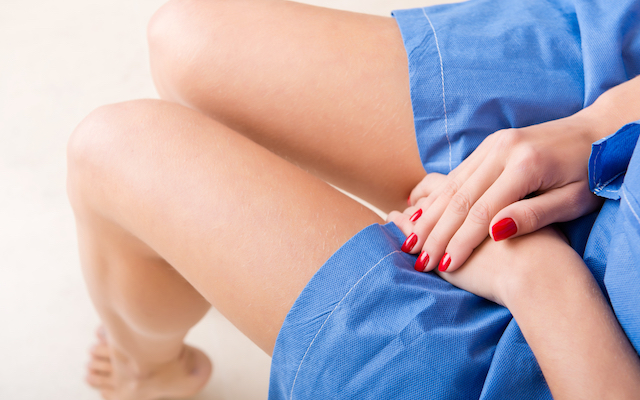
Urinary incontinence, or urine leakage, is a very common condition among women. Almost 1 in 4 women experience urinary incontinence, so don’t be afraid to speak up to your provider! It can present with symptoms such as a strong urge to urinate, urinating more frequently, urinating during sleep, or experiencing painful urination.
There are three types of urinary incontinence:
- Stress – leakage of urine when coughing, laughing, sneezing, or exercising. This most commonly occurs during pregnancy.
- Urgency – leakage of urine is accompanied by a strong urge to urinate that is difficult to stop. This is often called an “overactive” bladder and can occur with aging.
- Mixed – combined symptoms of stress and urgency incontinence
What causes urinary incontinence?
Urinary incontinence typically occurs in women due to pregnancy, childbirth, and menopause.
- During pregnancy, the baby pushes down on the bladder, urethra, and pelvic floor muscles causing leakage or difficulty passing urine
- During childbirth, pelvic floor muscles weaken and nerves controlling the bladder can be damaged.
- During menopause, the urethra may weaken due to low hormone levels. In addition, the bladder, urethra, and pelvic floor muscles lose some strength with aging.
Other causes of urinary incontinence include:
- Urinary tract infections
- Medications such as diuretics, caffeine, or alcohol
- Neuromuscular disorders can disrupt nerve signals causing urine leakage
- Anatomical dysfunction – the bladder and urethra can become obstructed by stones or other growths
- Chronic constipation can put stress on the bladder and pelvic floor muscles
How do you treat urinary incontinence?
There are a variety of treatments including:
- Lifestyle changes such as losing weight, managing fluid intake, drinking less caffeine, or quitting smoking
- Bladder training to learn to control urges and slowly lengthen the time between urination
- Physical therapy, such as Kegel exercises, can help strengthen the pelvic muscles. Some Kegel exercisers include The Elvie, the Melo, and the Omoteam. Other activities such as squats, Pilates, or strength training can improve muscle function.
- Bladder support devices, such as a pessary, can be inserted into the vagina to support the vaginal walls and pelvic floor muscles. Tampon-like devices can also help prevent bladder leaks.
- Medications can be prescribed by a provider to control bladder contractions
- Surgery can be an option for some women
Urinary incontinence is a very common occurrence among women and can be improved with a variety of treatments. Speak with your provider if you are experiencing symptoms or have any questions.
All information is provided by:





